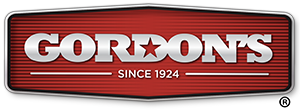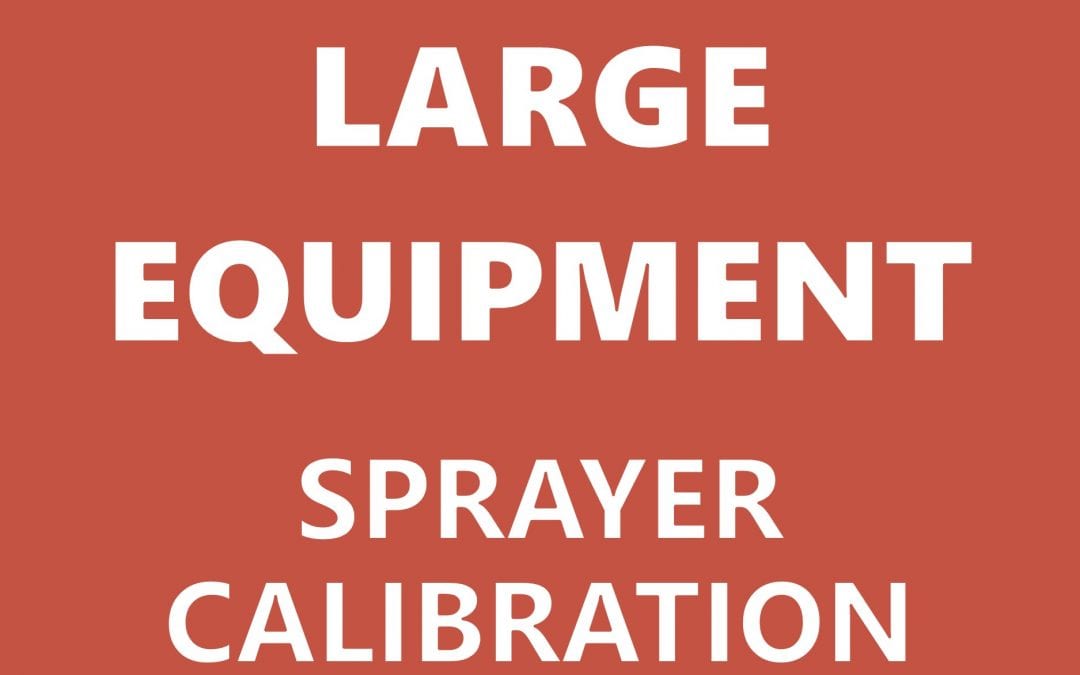Proper herbicide or fertilizer application to your yard or pasture starts with the calibration of your spraying equipment. For large equipment calibration, follow these steps:
- Measure the distance in inches between two (2) spray tip nozzles on your sprayer.
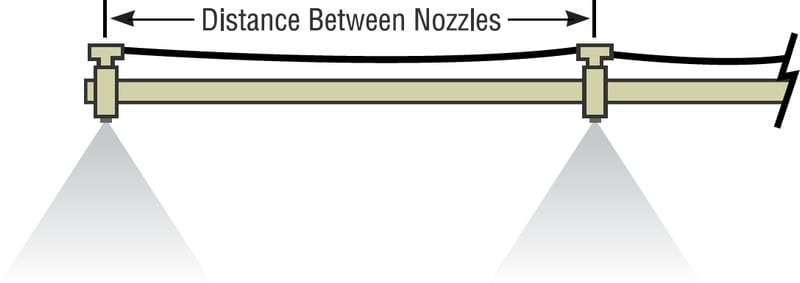
- Count the number of spray tip nozzles on the sprayer.
- Based on the information you gathered in Steps 1 and 2, use the chart below to select a test run distance.
Determine the distance for the test run based on the number of spray tips and the distance between the spray tips.
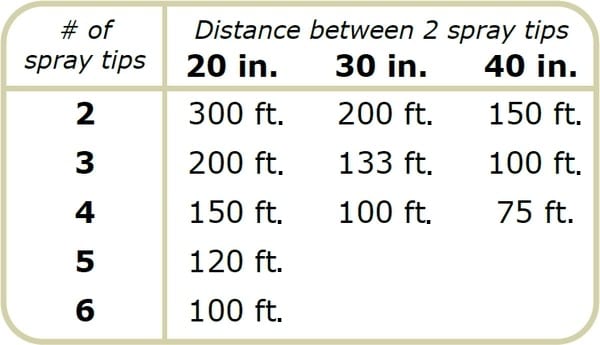
For example, if your sprayer has three (3) spray tips and each spray tip is 20 inches apart, you need to measure a test run distance of 200 feet.
- Use a tape measure to flag or mark in your yard the distance listed in Step 3 for your test run.

The distance in combination with your sprayer boom width is 1,000 sq. ft.
- On a level surface, fill your sprayer with water to the full mark.
- If your sprayer has a pressure gauge, turn on the pump and set the pressure to 30 PSI. If you are unable to adjust the pressure, proceed with the factory settings.
- With the spray tank full and sprayer turned OFF, drive to the test run area measured and flagged in Step 3.
- Once at the beginning of the test run distance, turn on the pump and spray the test run distance at a consistent speed that you intend to drive when spraying. When you reach the end of the test run, turn off the sprayer pump and park on a level surface. This spraying speed must be the same every time you spray, so be sure to remember it.
- Using a measuring cup or an empty one (1) gallon milk jug, measure the amount of water it took to fill the sprayer back to the full mark. Repeat Steps 7 – 9 three times.
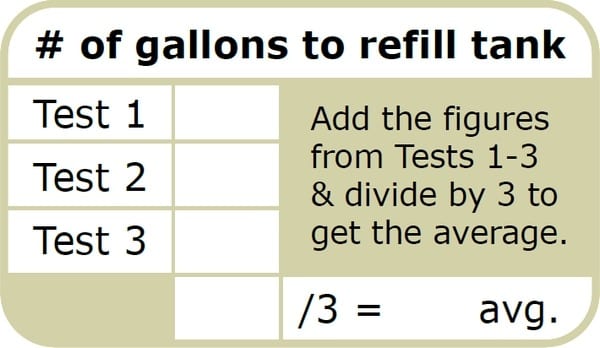
- The average in Step 9 is the amount of solution your sprayer will spray on 1,000 sq. ft. of turf or area. Most chemical labels indicate a chemical application rate in ounces per 1,000 sq. ft. If the rate on the label is indicated as a rate per acre, divide the per acre rate by 43.56 to convert to a rate per 1,000 sq. ft.
- To determine the mix rate of chemicals: now that you know the amount of solution your sprayer sprays per 1,000 sq. ft., simply look on the product label and find the spray rate per 1,000 sq. ft. and add that amount to the average amount of solution found in Step 9.
Example
- Your 15-gallon pull-behind sprayer averages one (1) gallon of water on 1,000 sq. ft.
- The chemical label calls for four (4) ounces of chemical per 1,000 sq. ft.
- You will need to add 60 ounces of chemical to 15 gallons of water.
- That is equal to: Four (4) ounces to one (1) gallon of water.
Another Helpful Tip
- A good rule of thumb is to calibrate your sprayer so it sprays one (1) gallon of solution on 1,000 sq. ft. of turf or area.
- You can accomplish this by adjusting the speed of your tractor when spraying.
